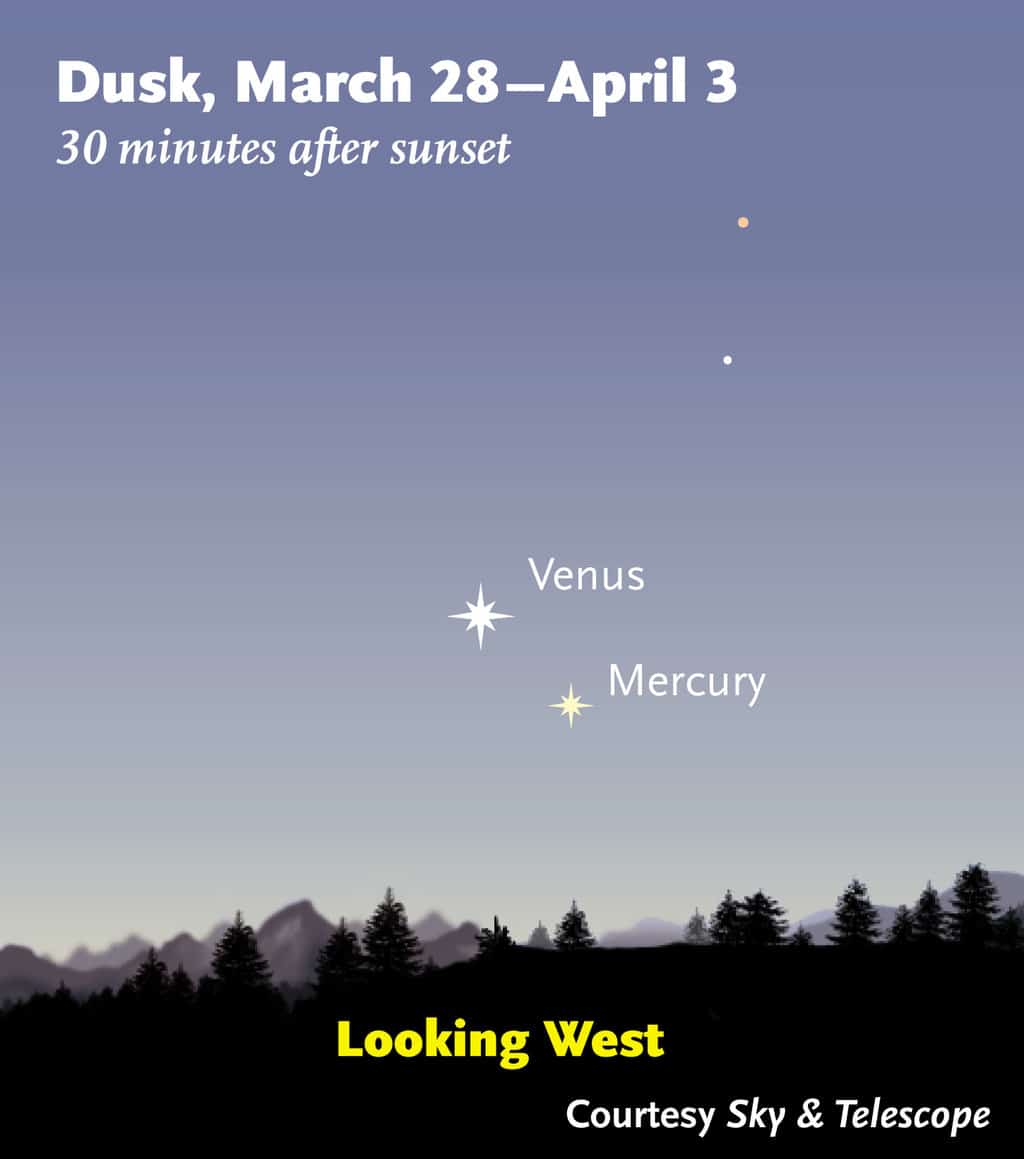
 Triton’s Summer Sky of Methane and Carbon Monoxide
Triton’s Summer Sky of Methane and Carbon Monoxide
According to the first-ever infrared analysis of the atmosphere of Neptune’s moon Triton, summer is in full swing in its southern hemisphere. Using the Very Large Telescope of the European Southern Observatory (ESO) in Chile, a European observing team discovered carbon monoxide and made the first ground-based detection of methane in Triton’s thin atmosphere. These observations revealed that the moon’s thin atmosphere varies seasonally, thickening when warmed.
“We have found real evidence that the Sun still makes its presence felt on Triton, even from so far away. This icy moon actually has seasons just as we do on Earth, but they change far more slowly,” says Emmanuel Lellouch, the lead author of the paper reporting these results in Astronomy & Astrophysics.
On Triton, where the average surface temperature is about minus 235 degrees Celsius, it is currently summer in the southern hemisphere and winter in the northern. As Triton’s southern hemisphere warms up, a thin layer of frozen nitrogen, methane, and carbon monoxide on Triton’s surface sublimates into gas, thickening the icy atmosphere as the season progresses during Neptune’s 165-year orbit around the Sun. A season on Triton lasts a little over 40 years, and Triton passed the southern summer solstice in 2000.
Based on the amount of gas measured, Lellouch and his colleagues estimate that Triton’s atmospheric pressure may have risen by a factor of four compared to the measurements made by Voyager 2 in 1989, when it was still spring on the giant moon. The atmospheric pressure on Triton is now between 40 and 65 microbars — 20,000 times less than on Earth.
Carbon monoxide was known to be present as ice on the surface, but Lellouch and his team discovered that Triton’s upper surface layer is enriched with carbon monoxide ice by about a factor of ten compared to the deeper layers, and that it is this upper “film” that feeds the atmosphere. While the majority of Triton’s atmosphere is nitrogen (much like on Earth), the methane in the atmosphere, first detected by Voyager 2, and only now confirmed in this study from Earth, plays an important role as well. “Climate and atmospheric models of Triton have to be revisited now, now that we have found carbon monoxide and re-measured the methane,” says co-author Catherine de Bergh.
Of Neptune’s 13 moons, Triton is by far the largest and, at 2,700 kilometers in diameter (three quarters the size of Earth’s Moon), it is the seventh largest moon in the whole Solar System. Since its discovery in 1846, Triton has fascinated astronomers thanks to its geologic activity and its many different types of surface ices—such as frozen nitrogen as well as water and dry ice (frozen carbon dioxide)—as well as its unique retrograde motion.
Observing the atmosphere of Triton, which is roughly 30 times farther from the Sun than is Earth, is not easy. In the 1980s, astronomers theorized that the atmosphere on Neptune’s moon might be as thick as that of Mars (7 millibars). It wasn’t until Voyager 2 passed the planet in 1989 that the atmosphere of Triton was measured, showing the presence of nitrogen and methane and an atmospheric pressure of 14 microbars—70,000 times less dense than the atmosphere on Earth.
You can contact Bob Eklund at: [email protected].





Be the first to comment